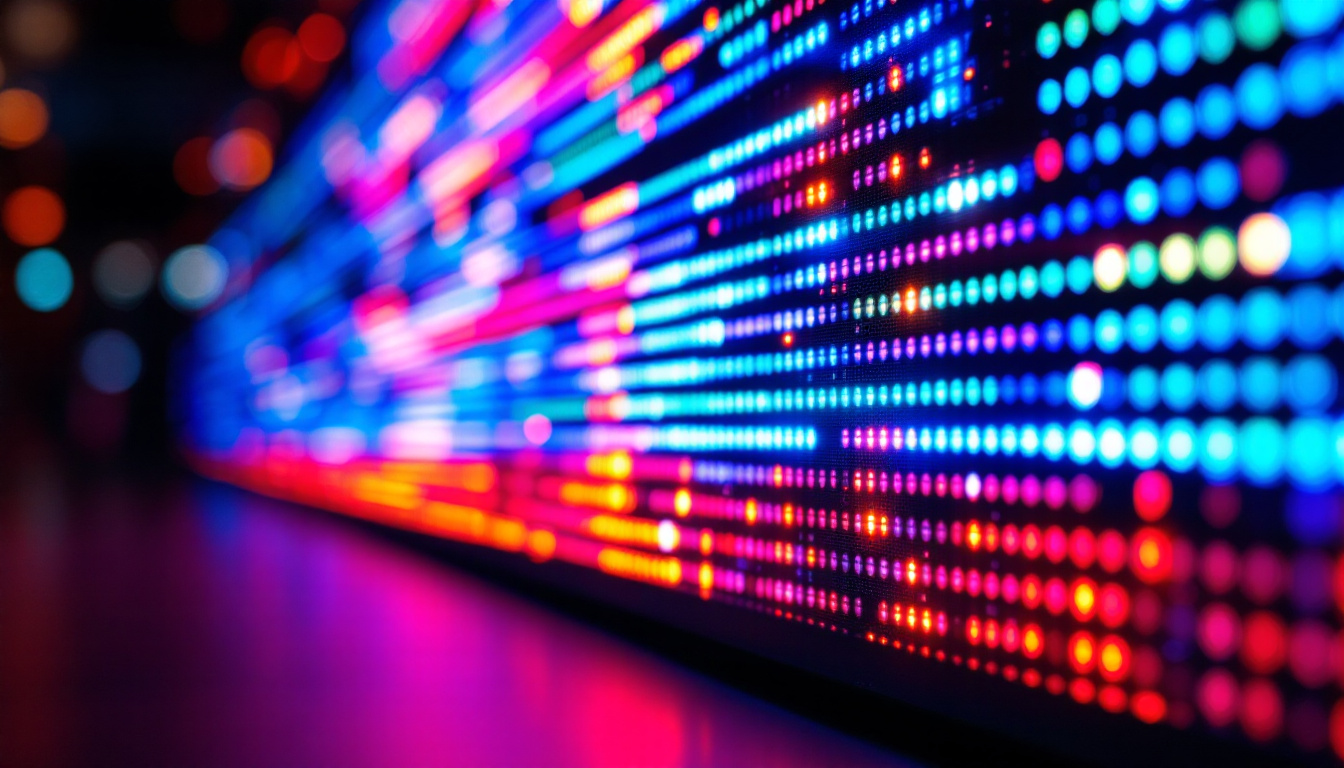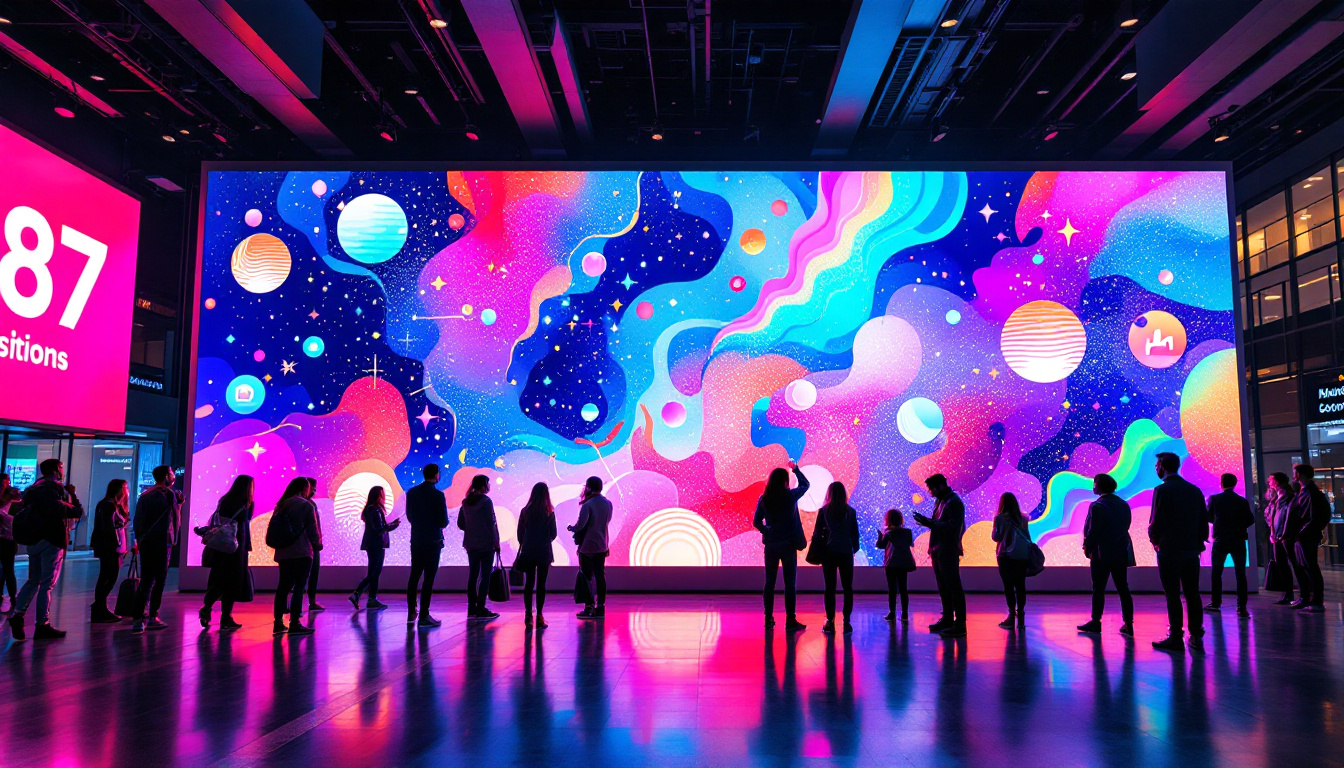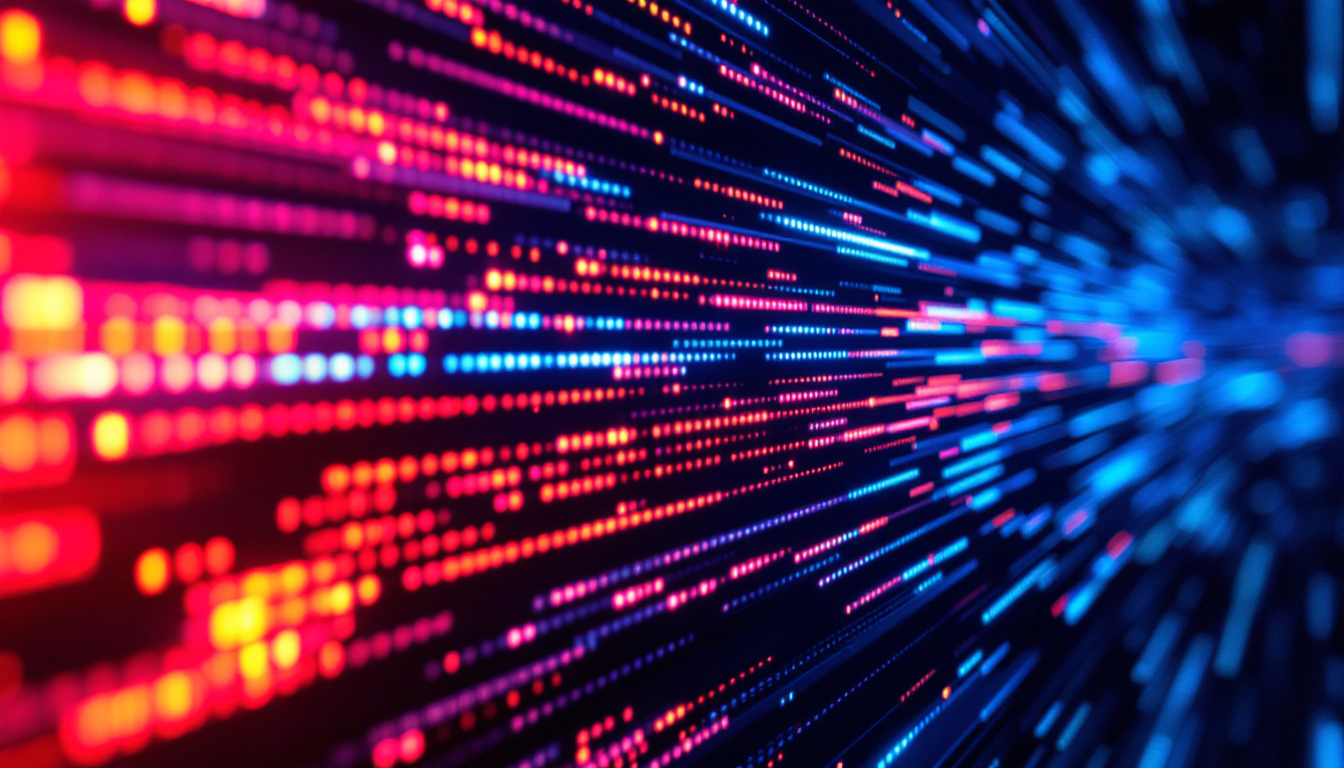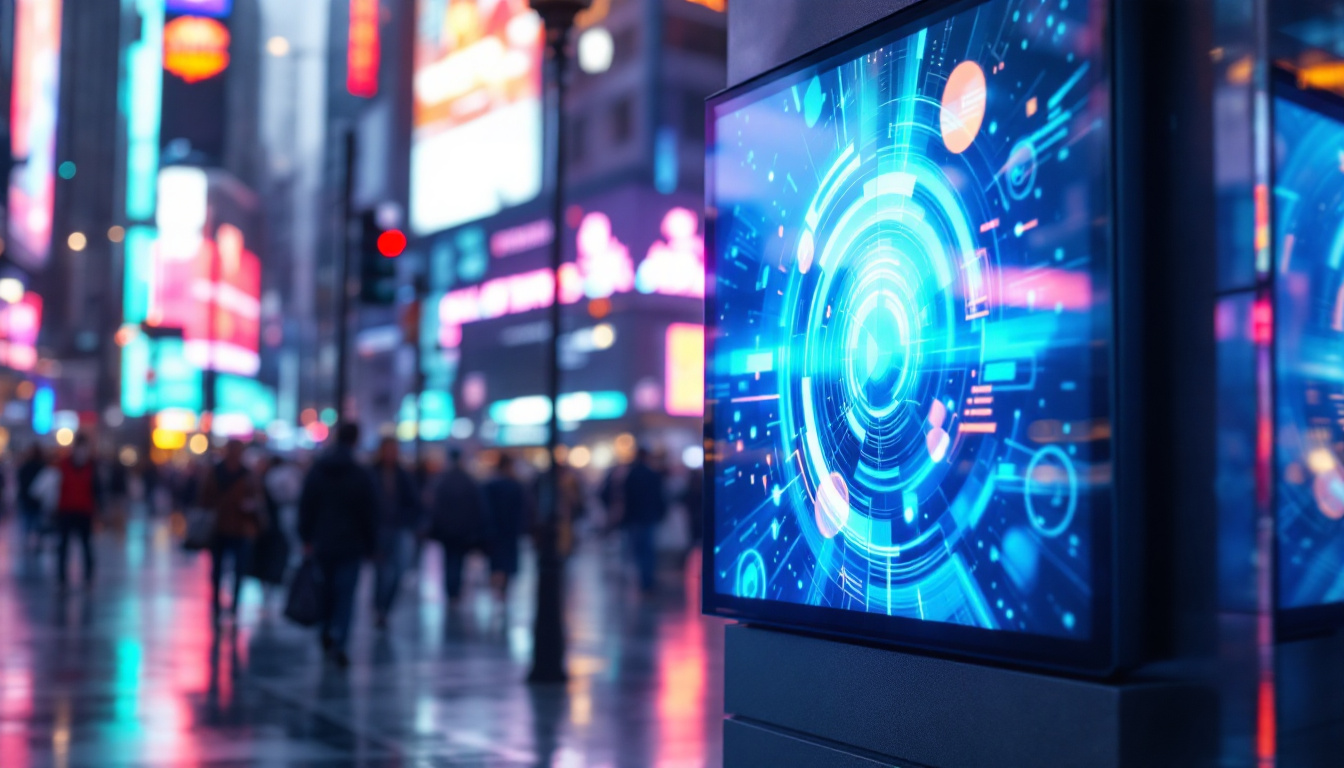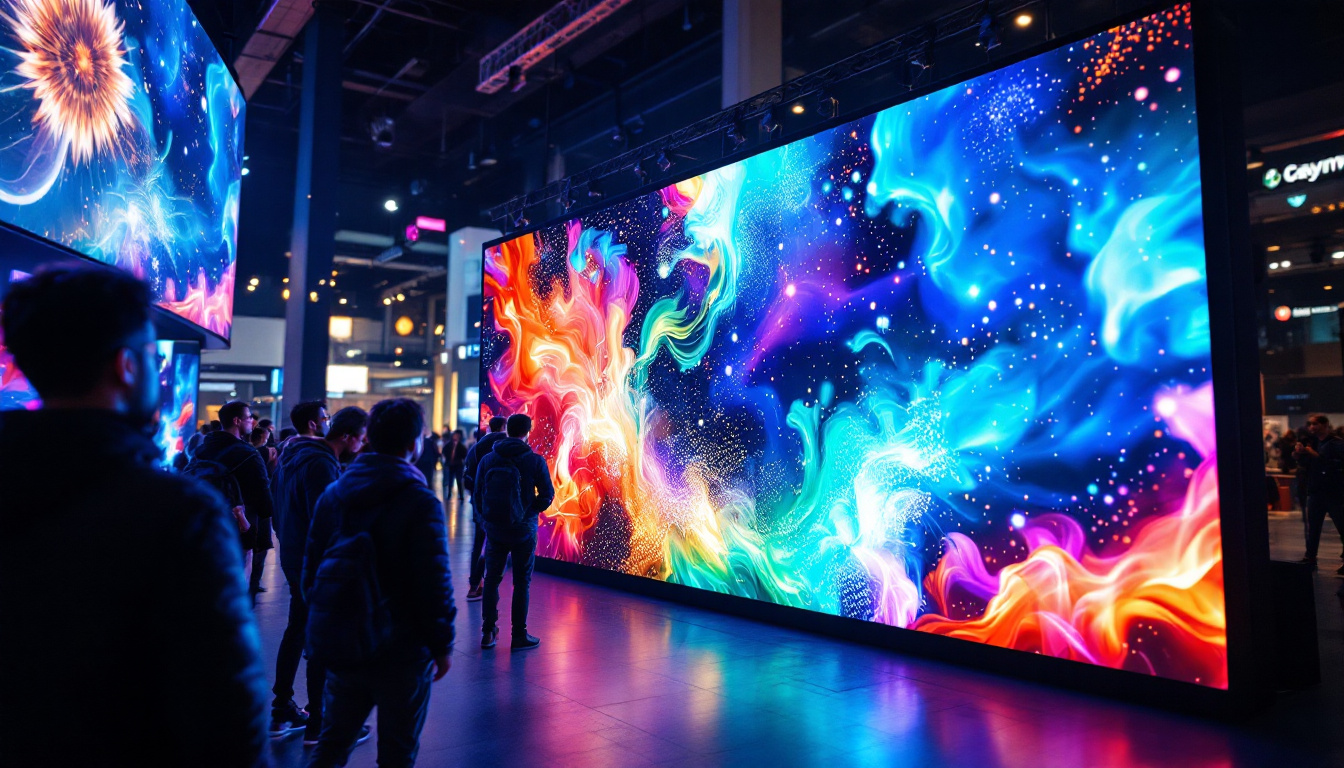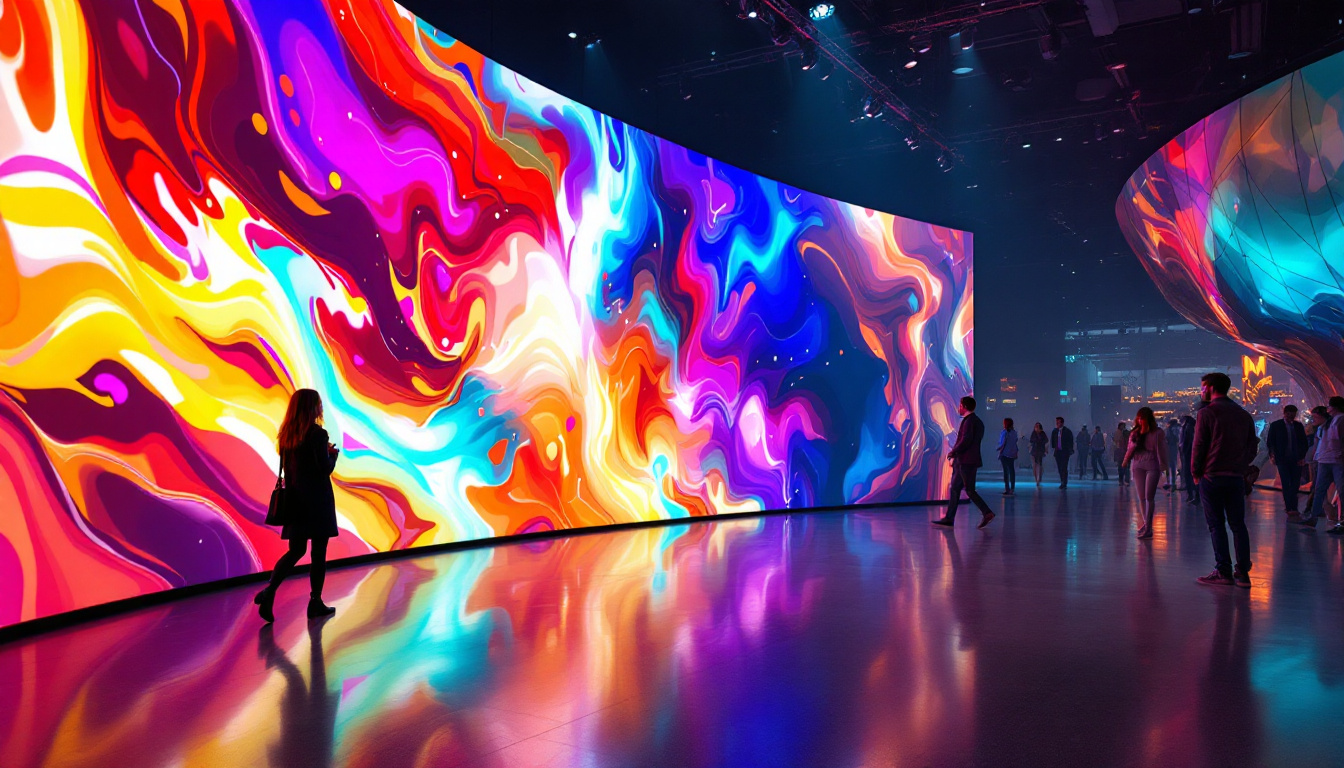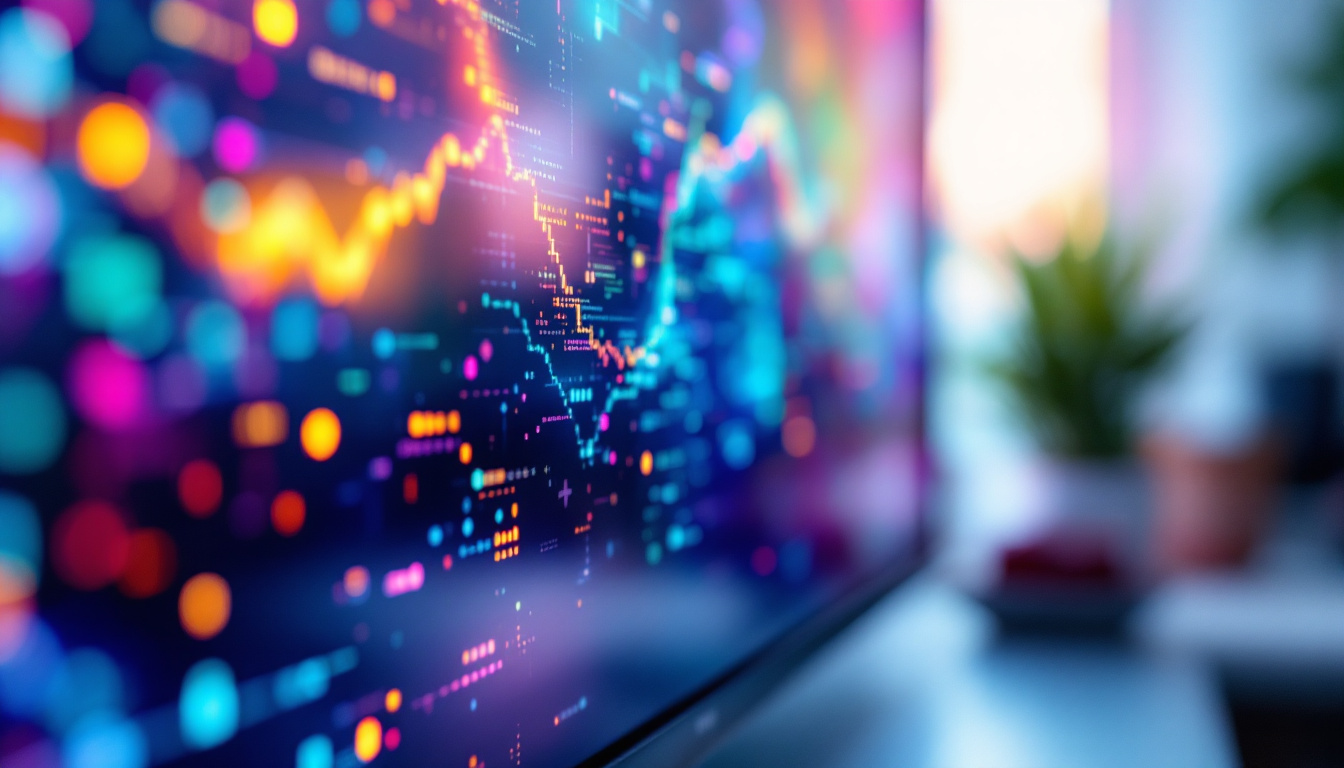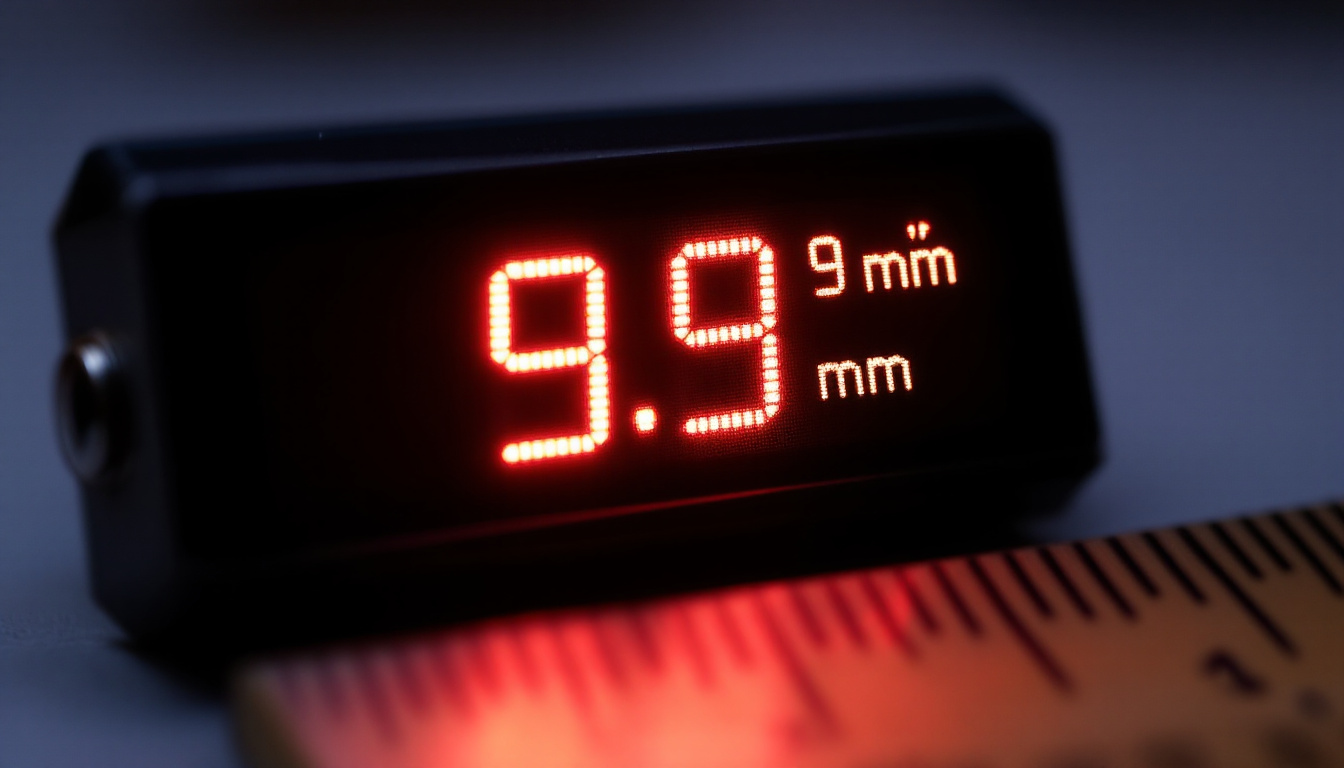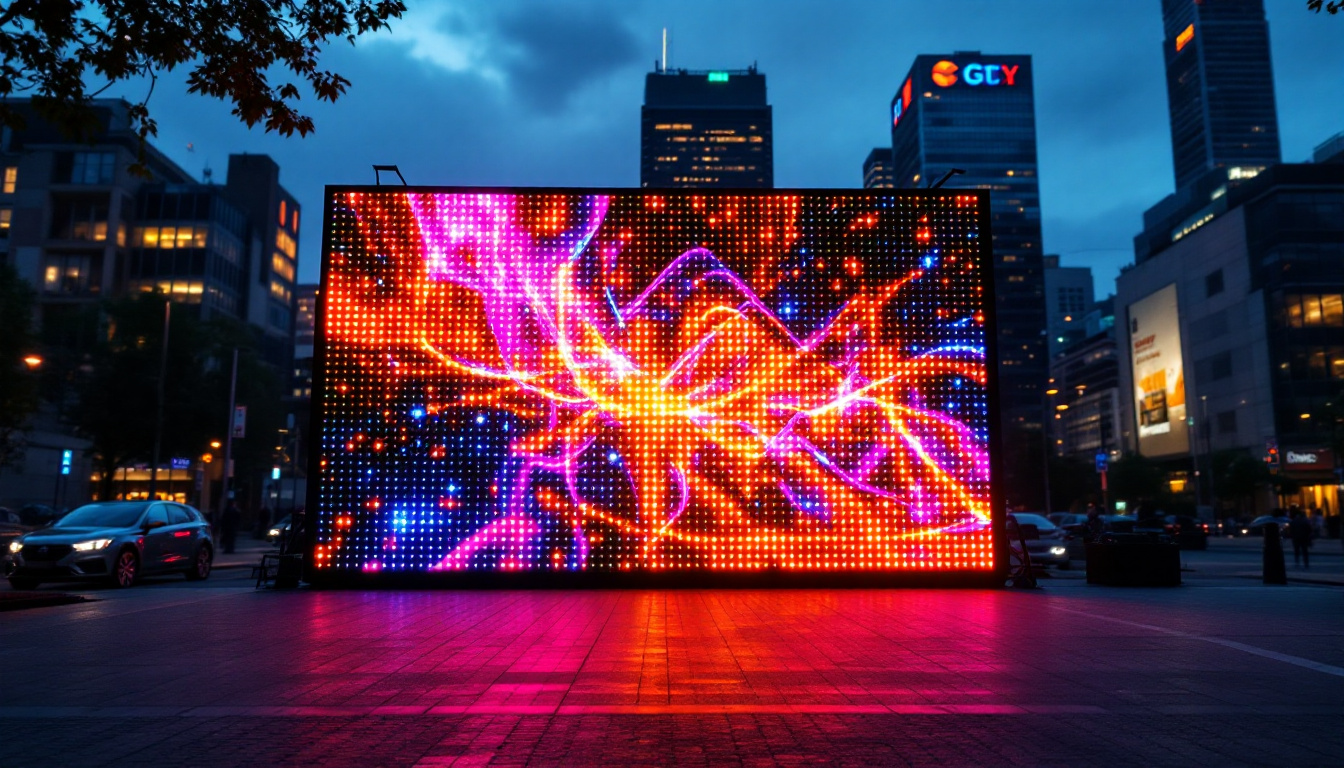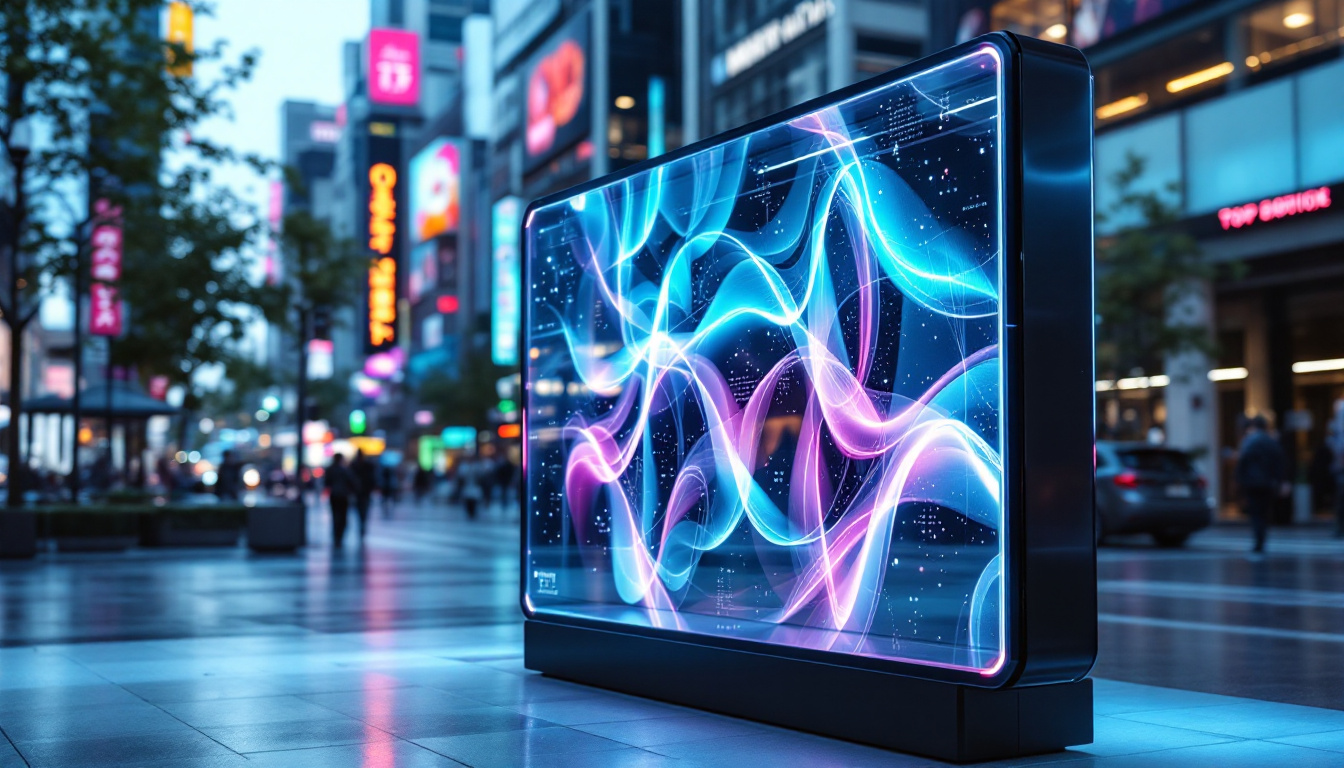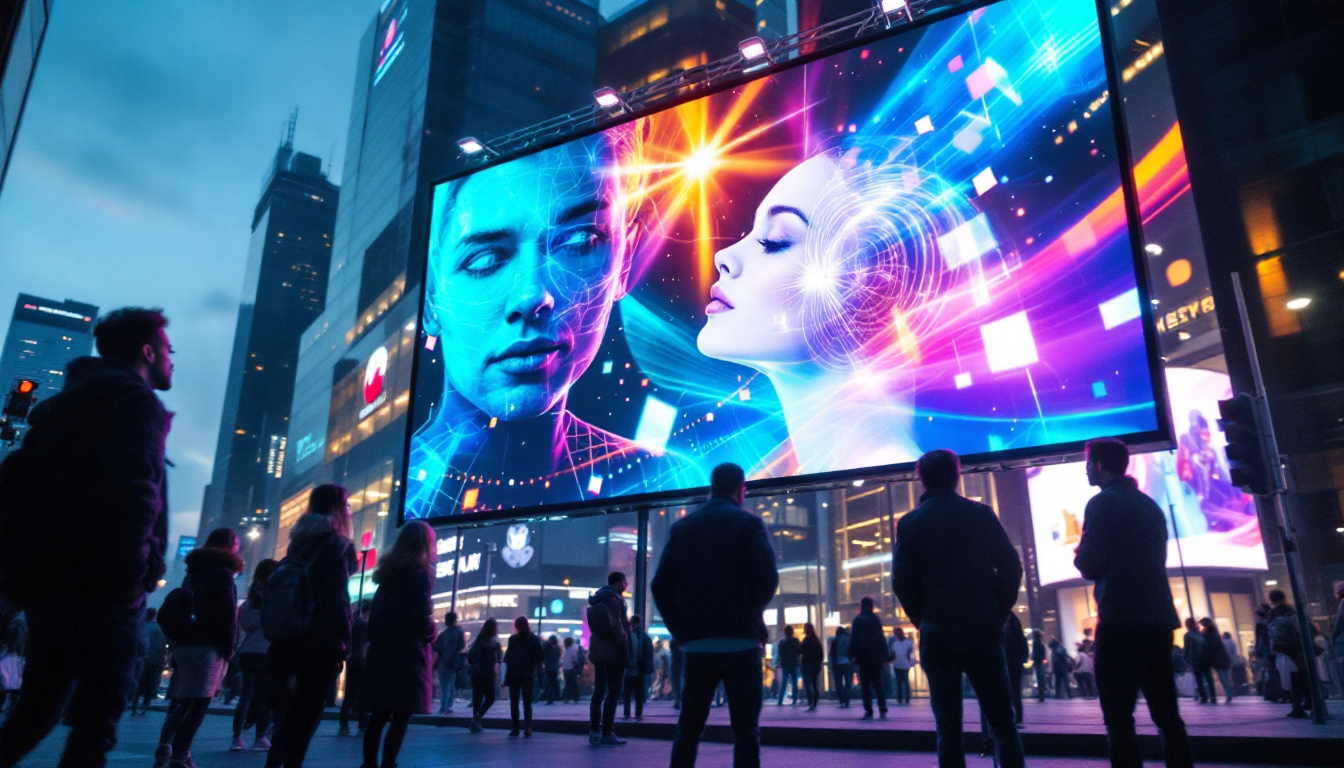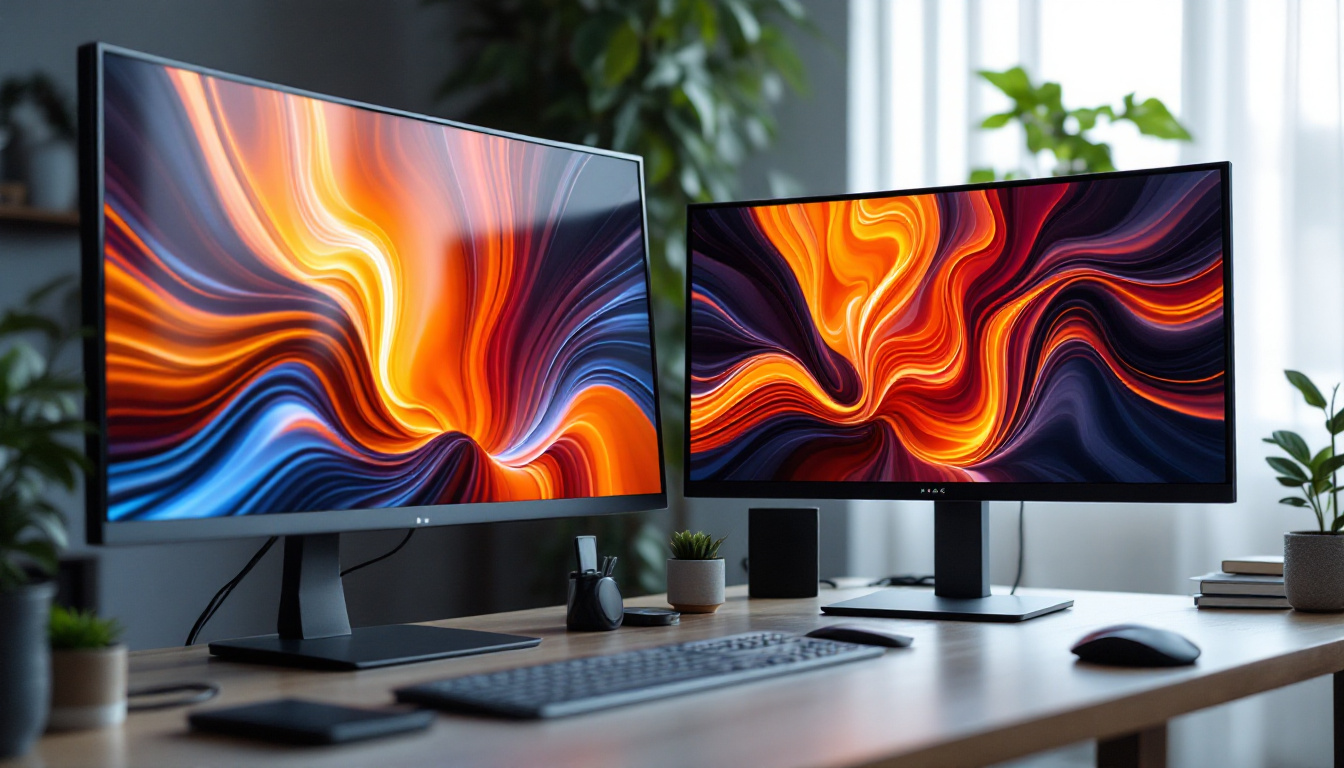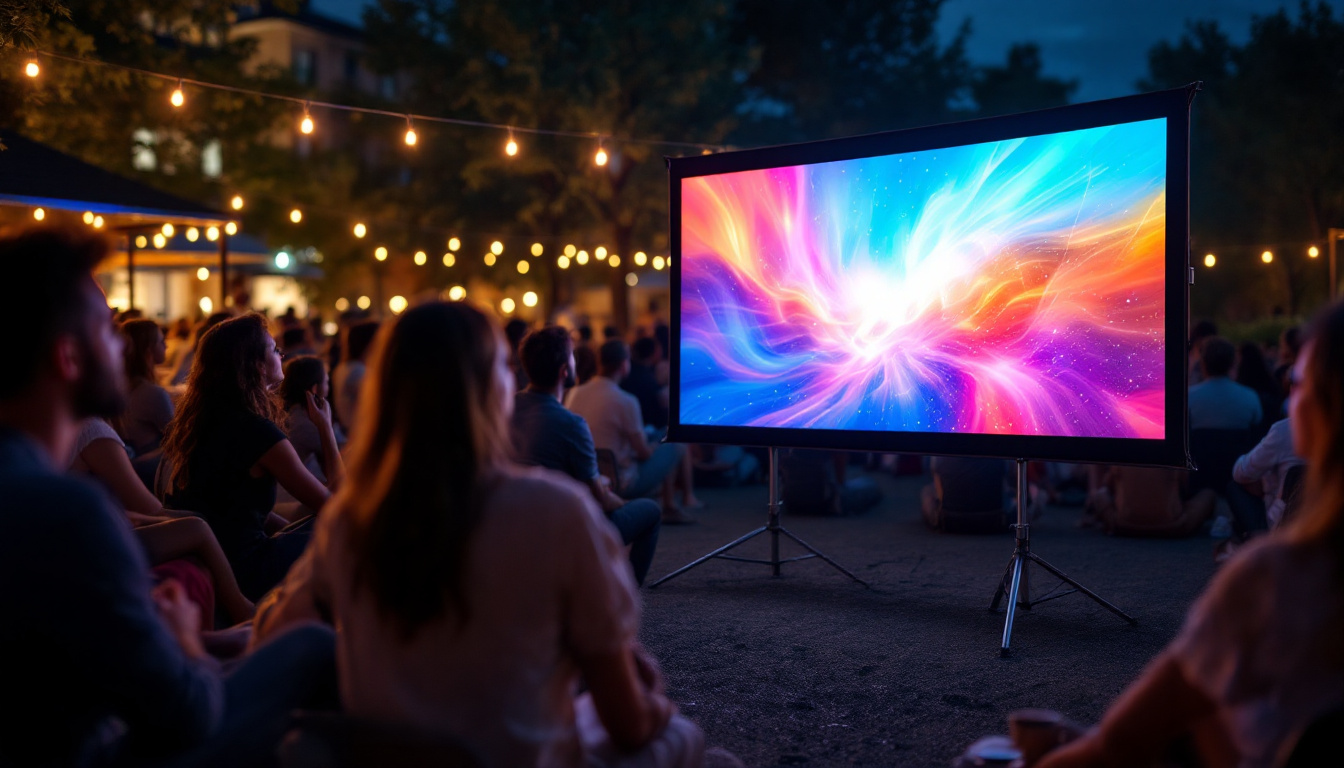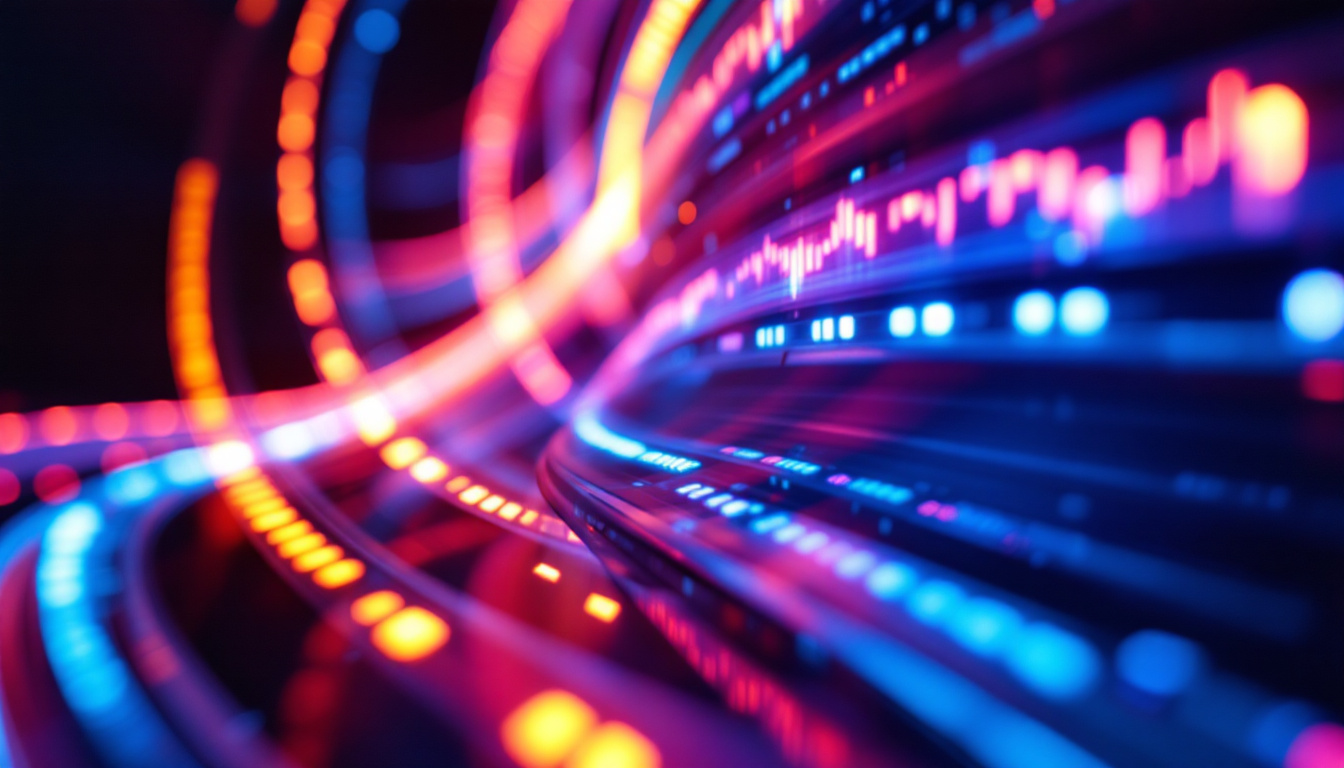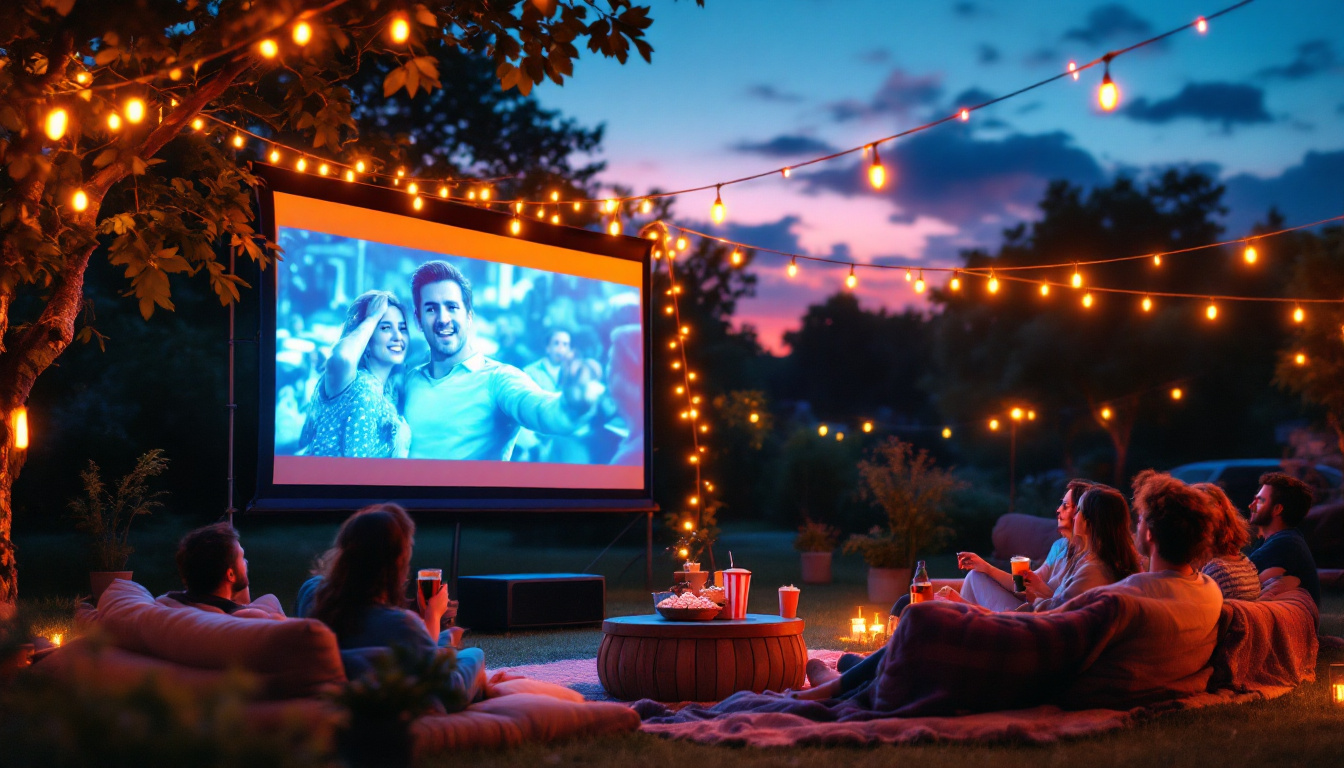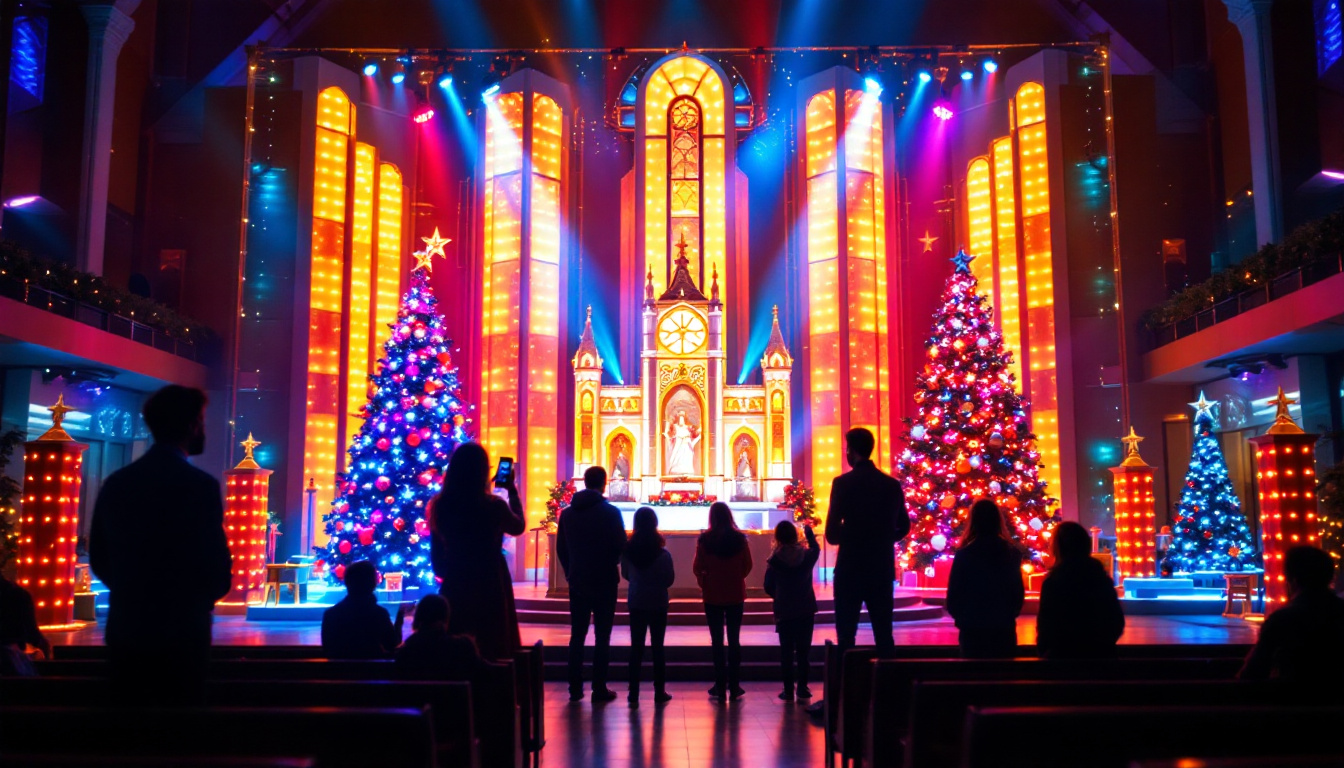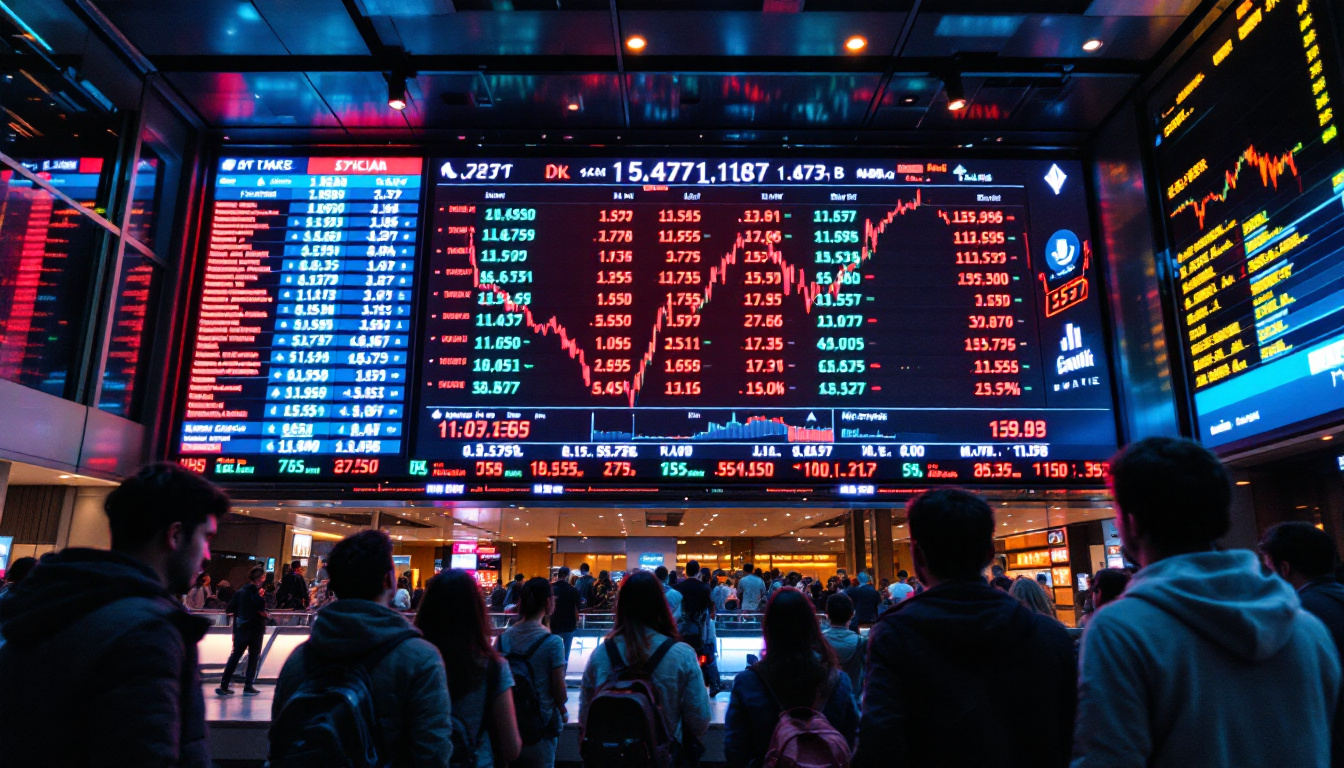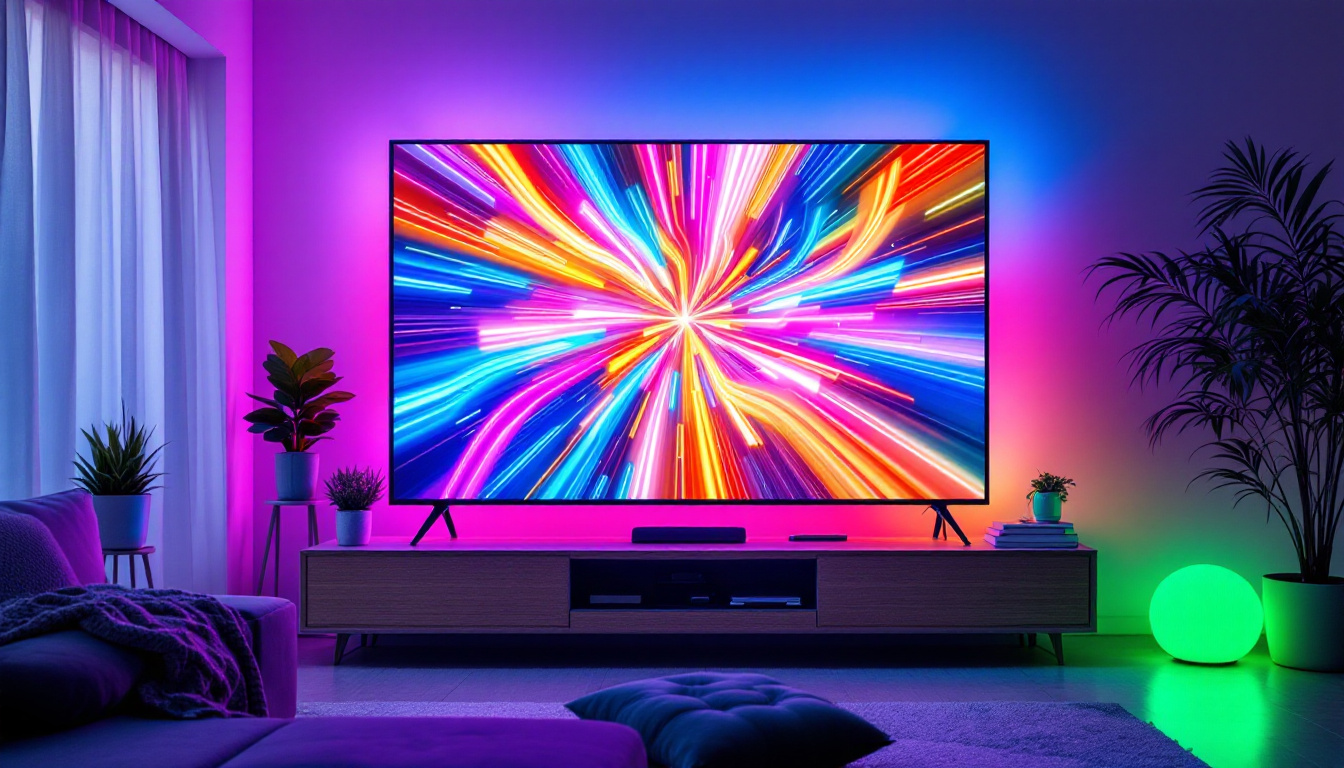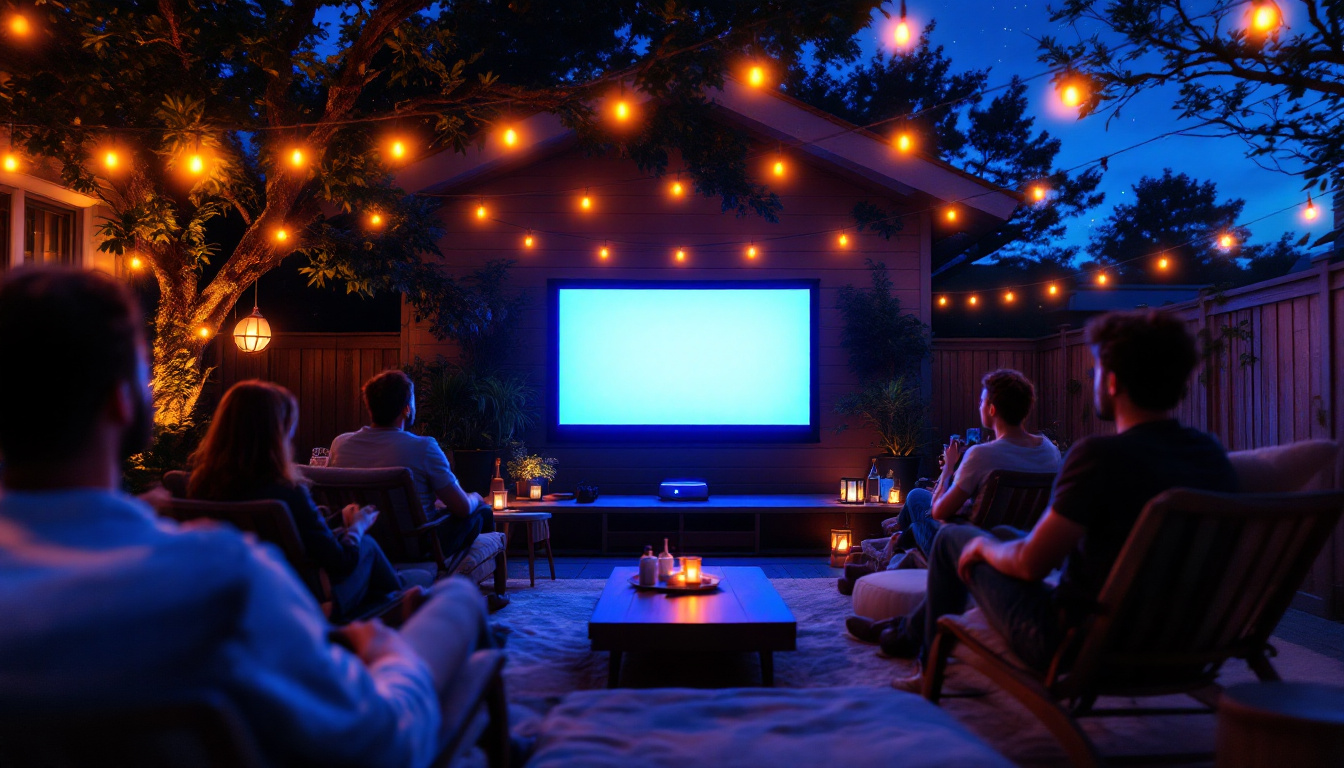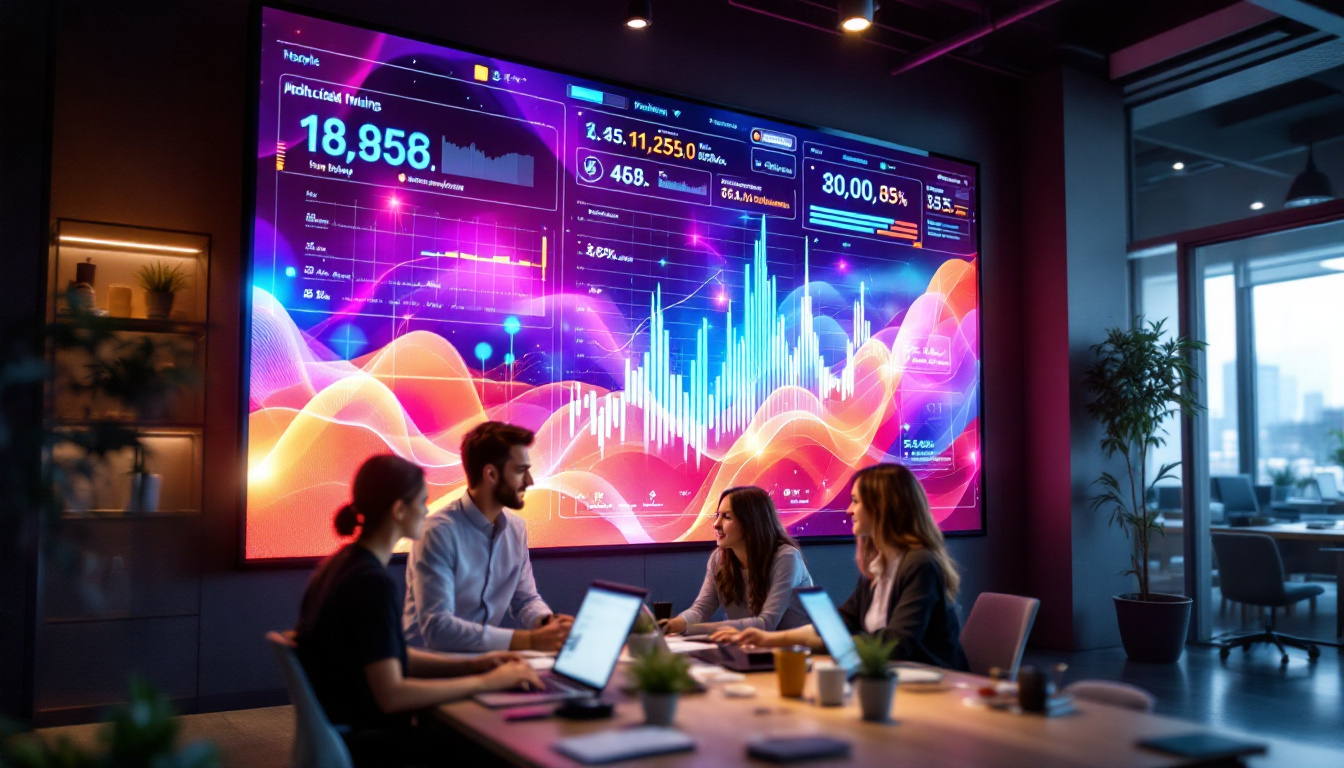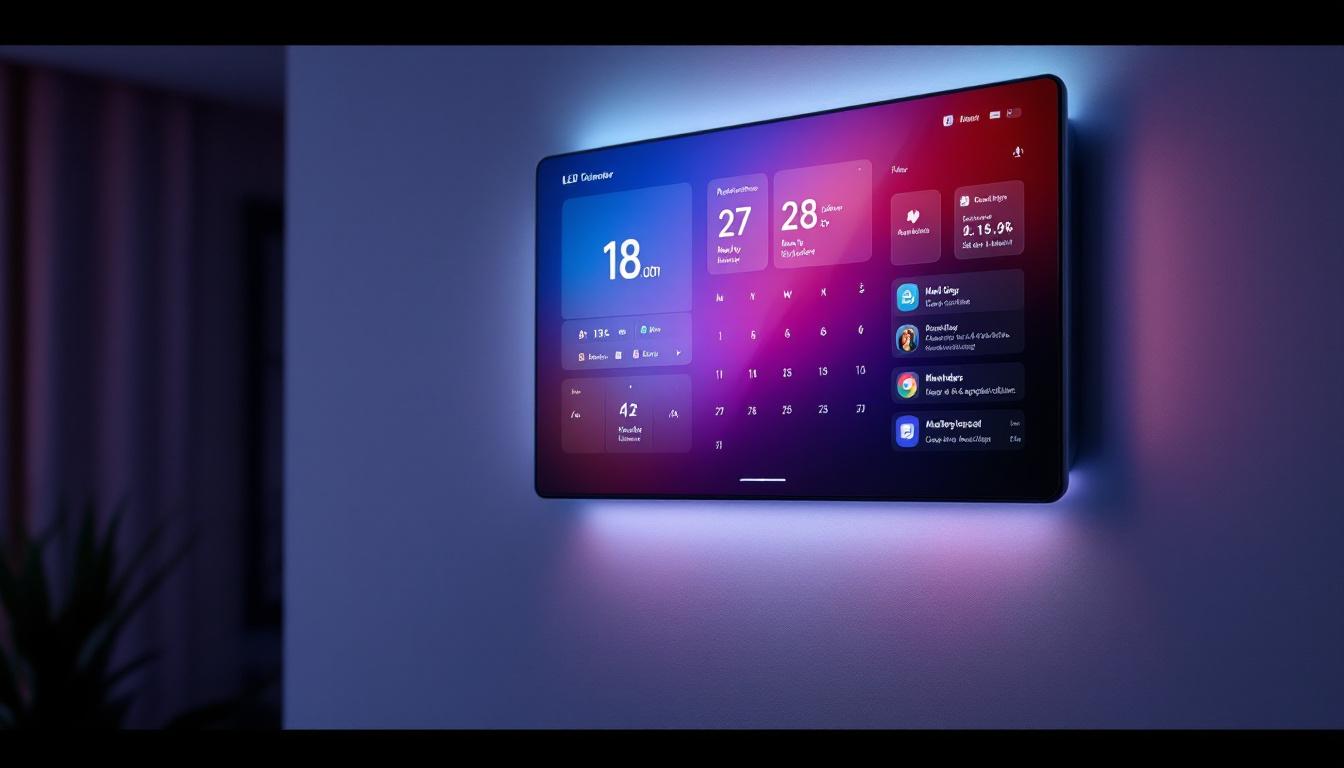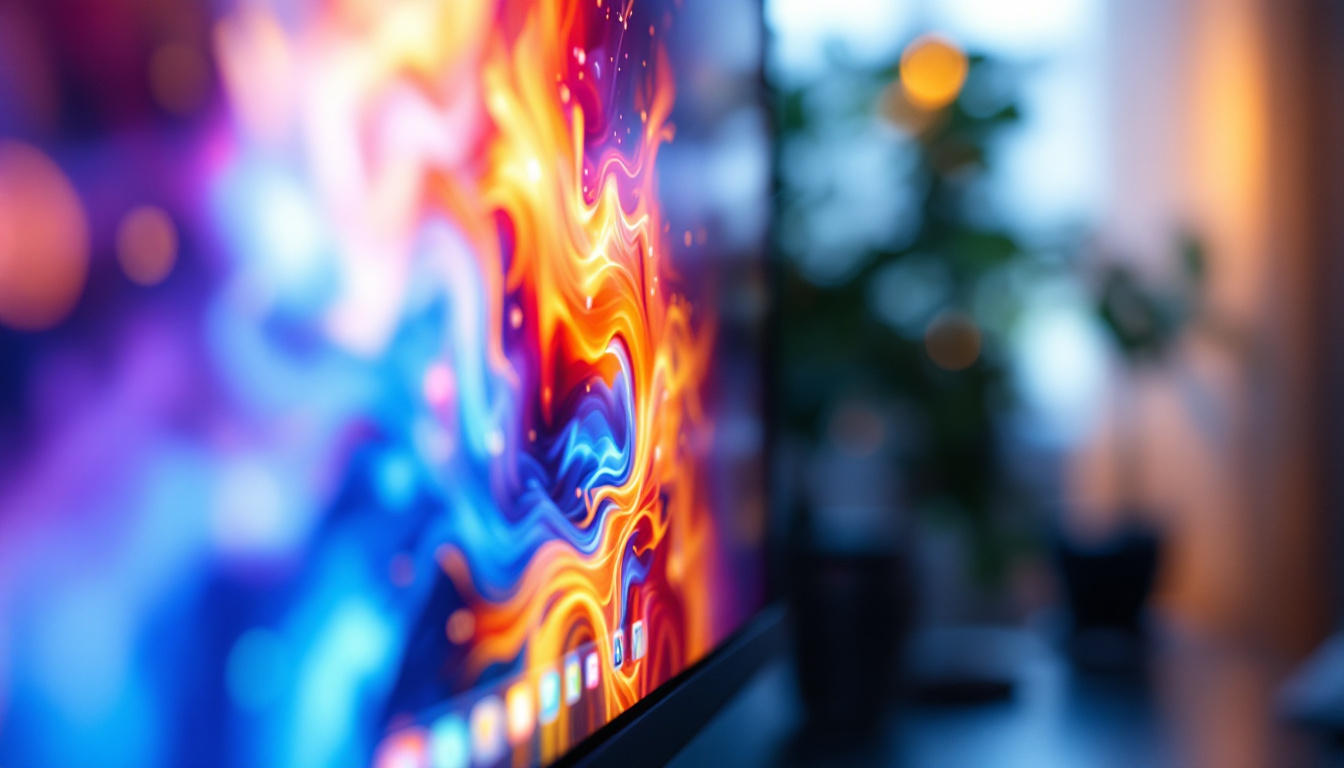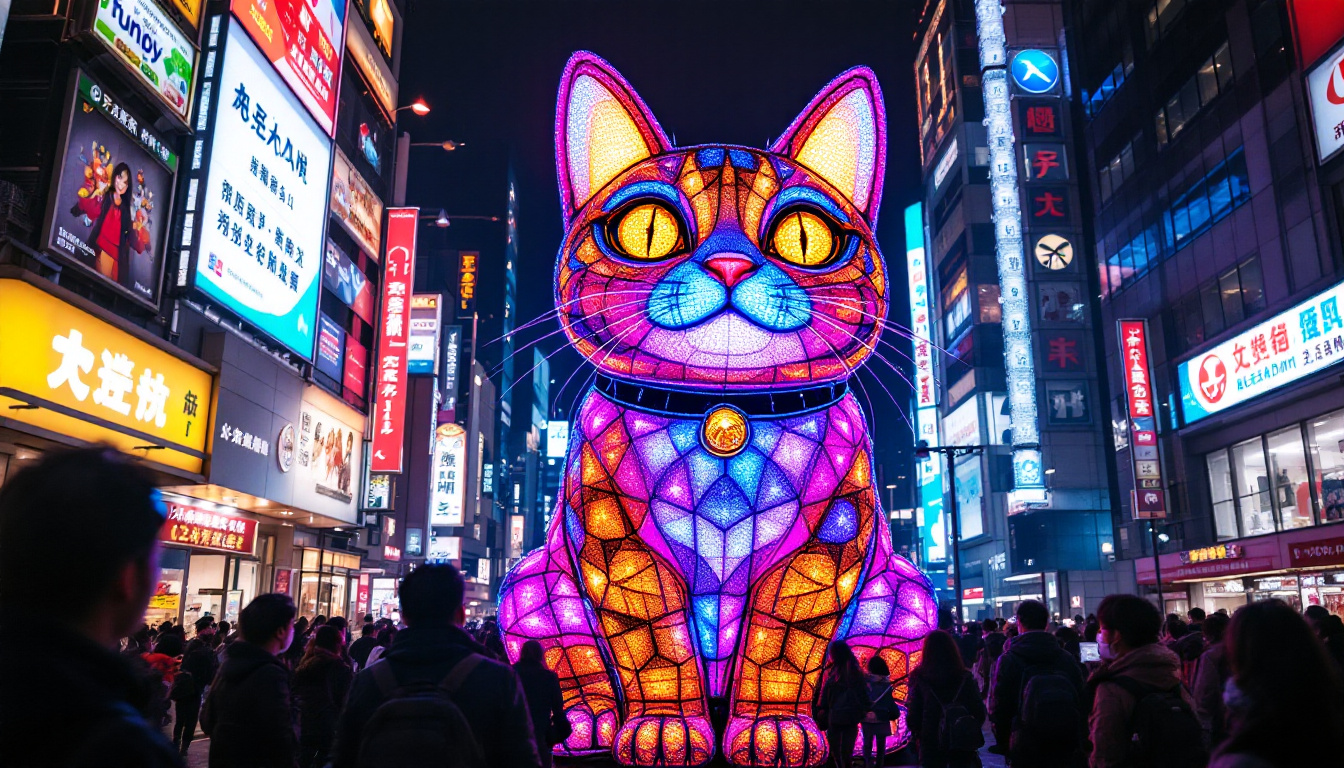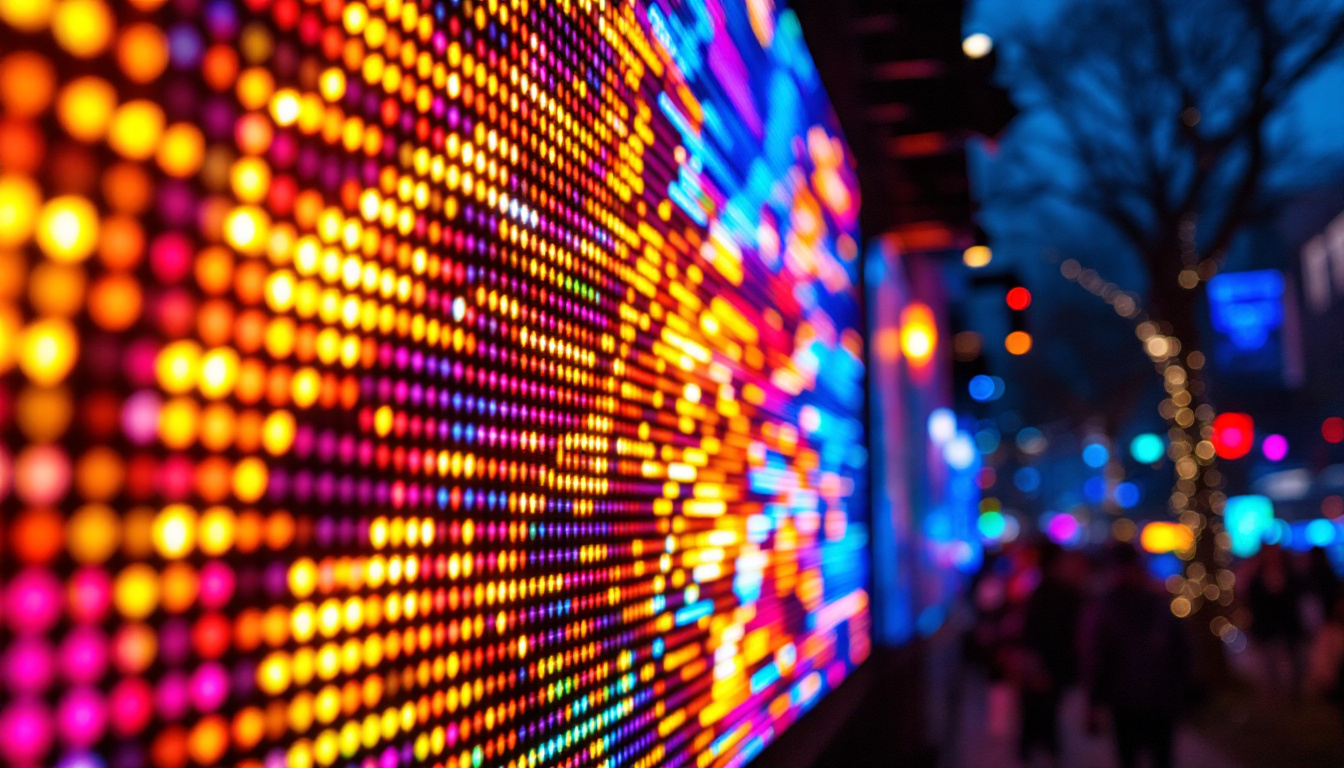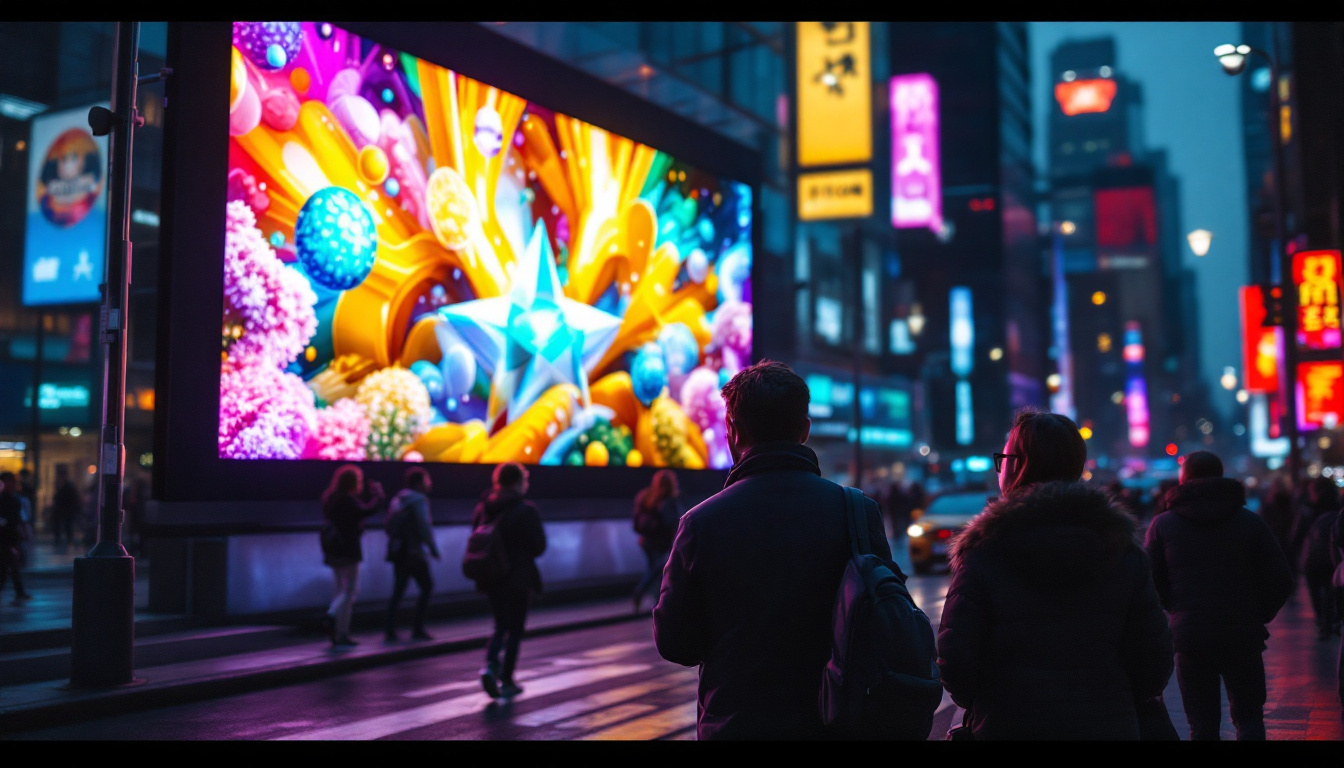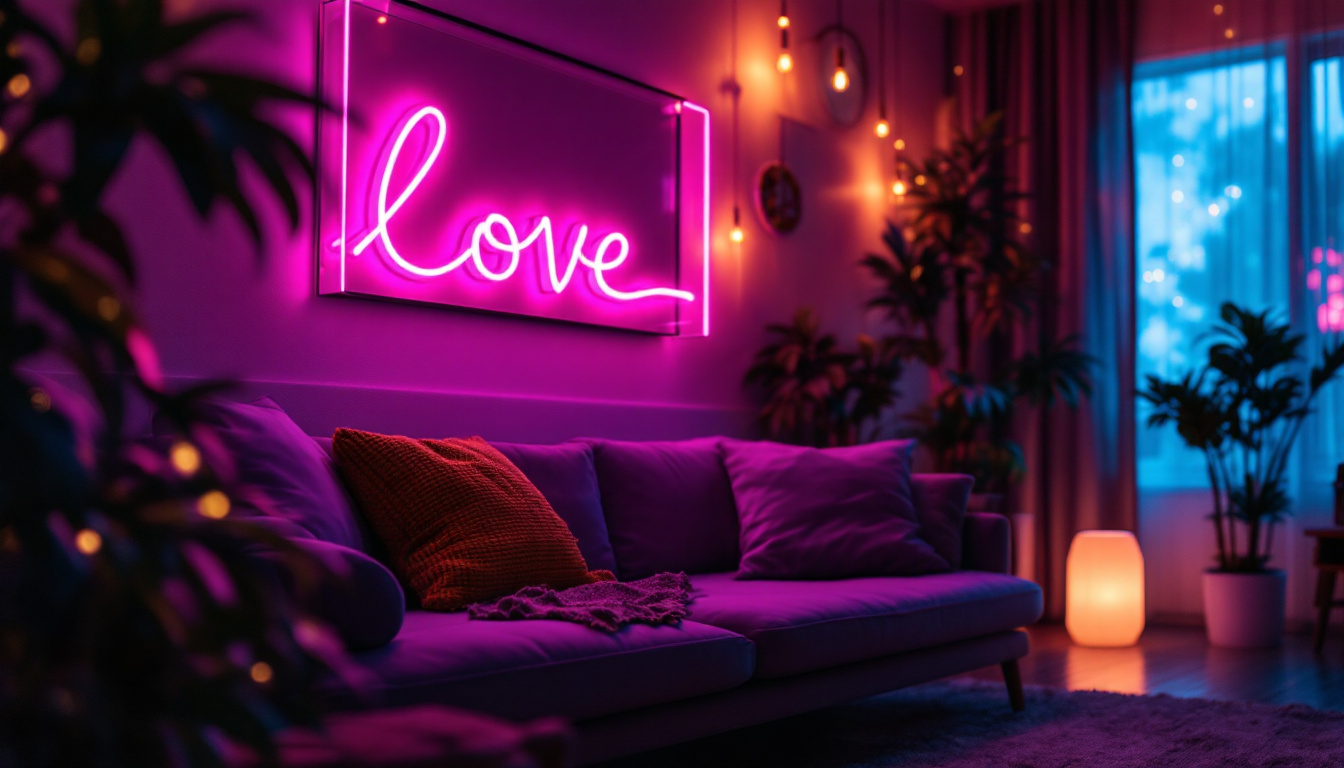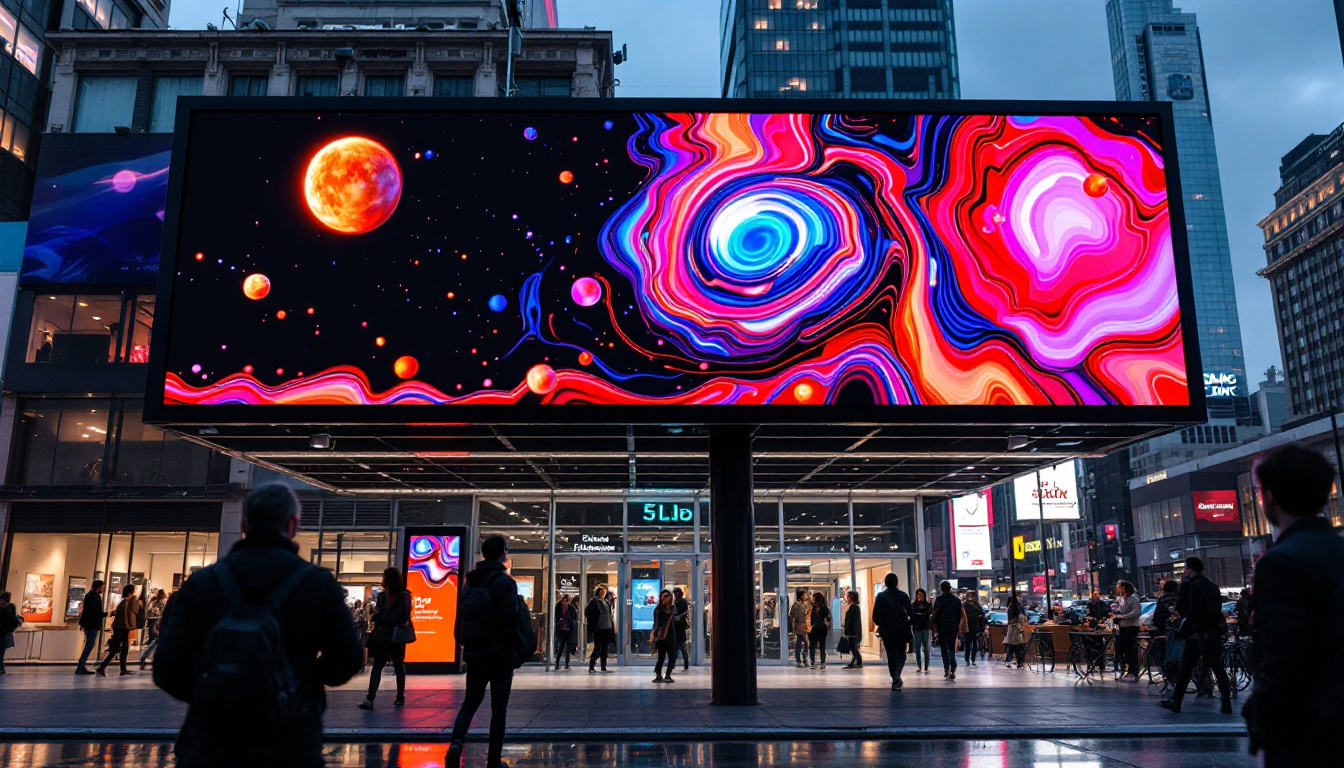In the world of modern technology, displays are an integral part of our daily lives. From smartphones to televisions, the way information is presented has evolved dramatically. Among the various types of displays, LED (Light Emitting Diode) technology has gained significant prominence. This article delves into the intricacies of LED displays, their functionality, and their applications, providing a comprehensive understanding of this remarkable technology.
Understanding LED Technology
LED technology is rooted in the principles of electroluminescence, where a semiconductor emits light when an electric current passes through it. This phenomenon was first discovered in the early 20th century, but it wasn’t until the 1960s that practical applications began to emerge. Today, LED technology is ubiquitous, powering everything from indicator lights to large-scale display screens. The rapid advancement of LED technology has not only transformed the lighting industry but has also paved the way for innovative applications in various fields, including automotive lighting, horticulture, and even medical therapies.
The Basics of LED Operation
At the core of LED technology is the semiconductor material, typically made from compounds like gallium arsenide or gallium phosphide. When electrons move through the semiconductor, they recombine with holes, releasing energy in the form of photons—this is the light we see. The color of the emitted light depends on the materials used in the semiconductor, allowing for a wide range of colors to be produced. Furthermore, advancements in technology have led to the development of white LEDs, which utilize a combination of blue LEDs and phosphor coatings to create a broad spectrum of light, mimicking natural daylight and enhancing visibility.
LEDs are highly efficient compared to traditional incandescent bulbs, consuming significantly less power while providing brighter illumination. This efficiency has made them the preferred choice for a variety of applications, from household lighting to complex display systems. Moreover, the longevity of LED lights, which can last up to 25,000 hours or more, reduces the frequency of replacements, leading to lower maintenance costs and less environmental waste. As a result, many municipalities are transitioning to LED streetlights, not only to cut energy costs but also to reduce their carbon footprint.
Types of LED Displays
LED displays can be classified into several categories based on their construction and application. The most common types include:
- Direct View LED Displays: These displays consist of individual LED modules that emit light directly. They are commonly used in large outdoor screens and billboards due to their brightness and visibility from a distance. Their modular design allows for easy scalability, making them ideal for events and advertising where dynamic content is essential.
- LED-backlit LCD Displays: In this setup, an LCD panel is illuminated by LEDs placed behind or around the edges. This combination enhances the brightness and contrast of the LCD, providing better picture quality. The use of LED backlighting has also enabled thinner and lighter display designs, revolutionizing the aesthetics of modern televisions and computer monitors.
- Organic LED (OLED) Displays: A newer technology, OLED displays use organic compounds to produce light. They offer superior color accuracy and contrast ratios compared to traditional LED displays, making them ideal for high-end televisions and smartphones. Additionally, OLED technology allows for flexible displays, opening up possibilities for innovative product designs, such as curved screens and foldable devices.
Advantages of LED Displays
LED displays offer numerous advantages that have contributed to their widespread adoption across various sectors. Understanding these benefits is essential for recognizing why LED technology is often the preferred choice for display solutions.
Energy Efficiency
One of the most significant advantages of LED displays is their energy efficiency. Compared to traditional display technologies, LEDs consume far less power, leading to lower electricity bills and a reduced carbon footprint. This efficiency is particularly beneficial for large-scale installations, such as digital billboards and stadium displays, where energy costs can be substantial. Furthermore, the lower energy consumption not only translates to cost savings but also aligns with global sustainability goals, making LED displays an environmentally friendly option for businesses looking to reduce their impact on the planet.
Longevity and Durability
LED displays are known for their longevity. With a lifespan of up to 100,000 hours, they outlast traditional display technologies, such as LCD and plasma screens. This durability is attributed to their solid-state construction, which makes them resistant to shock and vibration. Consequently, LED displays require less frequent replacement, further enhancing their cost-effectiveness. Additionally, their robust design allows them to perform well in a variety of conditions, including extreme temperatures and humidity, making them ideal for both indoor and outdoor applications. This resilience ensures that businesses can rely on LED technology for consistent performance over time, reducing maintenance costs and downtime.
High Brightness and Contrast
LED displays excel in brightness and contrast, making them suitable for a variety of environments, including outdoor settings where sunlight can wash out other display types. The high brightness levels ensure that content remains visible even in direct sunlight, while the enhanced contrast ratios improve the overall viewing experience, allowing for deeper blacks and more vibrant colors. This capability not only enhances the aesthetic appeal of advertisements and presentations but also ensures that critical information is conveyed effectively, regardless of ambient lighting conditions. Moreover, the ability to adjust brightness levels dynamically means that LED displays can optimize their performance for different times of day, further enhancing their versatility and effectiveness in diverse applications.
Applications of LED Displays
The versatility of LED displays has led to their adoption in numerous applications across different industries. From advertising to entertainment, the use of LED technology continues to expand.
Advertising and Marketing
One of the most prominent applications of LED displays is in advertising. Digital billboards and signage have transformed the way businesses communicate with consumers. These displays can be easily updated with new content, allowing for dynamic advertising that captures attention and engages viewers. The ability to display animations and videos further enhances their effectiveness in marketing campaigns.
Entertainment and Events
In the entertainment industry, LED displays are a staple at concerts, festivals, and sporting events. Large-scale LED screens provide audiences with an immersive experience, displaying live feeds, graphics, and animations that enhance the overall atmosphere. Additionally, the flexibility of LED technology allows for creative stage designs and installations, making it a popular choice for event organizers.
Transportation and Infrastructure
LED displays play a crucial role in transportation systems, providing real-time information to commuters. From electronic billboards on highways to arrival and departure screens at airports and train stations, LED technology ensures that travelers receive timely updates. Moreover, LED traffic signals and signs enhance road safety by improving visibility, especially in adverse weather conditions.
Challenges and Considerations
While LED displays offer numerous advantages, there are also challenges and considerations that must be taken into account when implementing this technology. Understanding these factors is essential for making informed decisions regarding LED display solutions.
Initial Costs
The initial investment for LED displays can be higher than that of traditional display technologies. Although the long-term savings in energy and maintenance costs often justify the expense, businesses must consider their budget and financial constraints when opting for LED solutions. It is crucial to conduct a thorough cost-benefit analysis to determine the viability of such an investment.
Heat Generation
LED displays generate heat during operation, which can impact their performance and longevity if not managed properly. Adequate cooling systems must be in place to ensure that the displays operate within optimal temperature ranges. Failure to address heat management can lead to reduced efficiency and a shorter lifespan for the display.
Color Calibration and Consistency
Maintaining color accuracy and consistency across LED displays can be challenging, especially in large installations where multiple screens are used in tandem. Variations in brightness and color can create a disjointed viewing experience. Regular calibration and maintenance are essential to ensure that all displays operate harmoniously, providing a cohesive visual output.
The Future of LED Displays
The future of LED display technology is bright, with ongoing advancements promising to enhance performance and expand applications. As technology evolves, several trends are emerging that will shape the future landscape of LED displays.
MicroLED Technology
MicroLED is an emerging technology that promises to revolutionize the display industry. By utilizing microscopic LEDs to create individual pixels, MicroLED displays offer superior resolution, brightness, and energy efficiency. This technology is expected to pave the way for ultra-thin, flexible displays that can be integrated into a variety of surfaces, from walls to wearables.
Integration with Smart Technology
As the Internet of Things (IoT) continues to grow, the integration of LED displays with smart technology is becoming increasingly prevalent. Smart LED displays can connect to the internet, allowing for real-time updates, remote management, and data analytics. This connectivity enhances the functionality of LED displays, enabling businesses to tailor content based on audience behavior and preferences.
Sustainability Initiatives
With growing concerns about environmental sustainability, the LED display industry is focusing on eco-friendly practices. Manufacturers are exploring ways to reduce the environmental impact of production, improve energy efficiency, and promote recycling of old displays. These initiatives aim to create a more sustainable future for display technology.
Conclusion
LED displays have transformed the way information is presented and consumed across various industries. Their energy efficiency, longevity, and versatility make them an attractive choice for businesses and organizations looking to enhance their communication strategies. While challenges exist, ongoing advancements in technology promise to address these issues and further expand the potential of LED displays.
As the landscape of display technology continues to evolve, staying informed about the latest trends and innovations will be essential for leveraging the full benefits of LED displays. Whether in advertising, entertainment, or transportation, LED technology is poised to play a pivotal role in shaping the future of visual communication.
Discover LumenMatrix’s Innovative LED Display Solutions
Ready to elevate your visual communication with the latest in LED display technology? LumenMatrix is at the forefront of creating immersive and dynamic visual experiences. From Indoor and Outdoor LED Wall Displays to specialized solutions like Vehicle, Sports, and Floor LED Displays, our range is designed to captivate and engage your audience. Embrace the future with our Custom, All-in-One, and Transparent LED Displays, and see how our commitment to innovation can transform your brand’s visibility. Check out LumenMatrix LED Display Solutions today and take the first step towards revolutionizing your visual storytelling.

